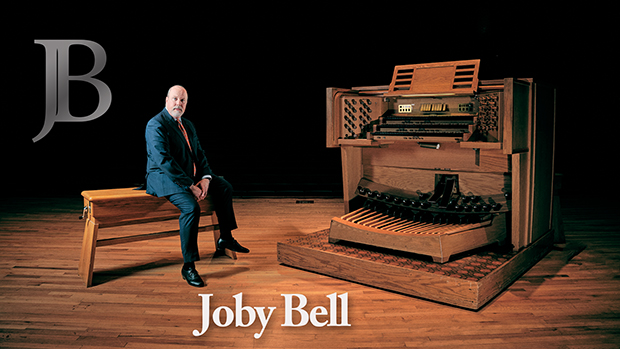Please do/don’t touch!
 Monday, January 20, 2025 at 5:55AM
Monday, January 20, 2025 at 5:55AM
At a former church post, I ‘presided’ over two Aeolian-Skinners. And I babied them and fed them and took care of them and named them. And I developed and maintained ways to share them with other organists as much as possible. I was determined to find the middle ground between locking them up and opening them wide. During my tenure there, I posted a notice on the music rack containing a list of my ‘house rules’ and a chart of available memory levels (I had 216 to spare). My house rules outlined exactly what I would consider good and bad regarding heavy technique, light switches, eraser crumbs, and what went into which trash/recycling can. Some people thought all that was much ado, while others appreciated the frank heads up. Since the organs were Aeolian-Skinners, I gave not one whit about what anyone thought one way or the other. All went well, and I ended up banning only one person during my seven-year tenure.
I have previously discussed the unnecessary fortressing that has gone on in our churches since 9/11. But our churches are fortresses today, and they (as fortresses) are here to stay. At that same church with the two Aeolian-Skinners, I would no longer be allowed in to play them now, if I were not on the schedule that day. Easy enough to get on the schedule, but as I have asked before, how much security threat does a guy in a suit and carrying music and organ shoes pose, and where on earth could he be heading once in the building? But there we are.
I have previously discussed the evils of console clutter. But the ‘don’t touch’ rule is as damaging as the clutter. It is a common joke among organists that the tighter the security, the more the organ in question just needs a good church fire. However, the church organ is most often the only one the church has, and so the incumbent as its curator must protect it to some extent. There is no universal solution to be had in this blog, but I will remind the dear Reader that open-console hospitality helped lead to my career choice and has remained my model, and I have always maintained such hospitality by paying it forward.
We are our instruments' curators and stewards. It doesn't matter how much we love or hate an organ; it’s probably the only one we have. Ensuring its wide appeal requires us to be something other than militaristic to visitors, and protecting it against damage requires us to be something other than nice to abusers.
That's the console. However, lock up the chambers tight; you don’t want vandalism in there. Check doors and locks regularly. Should something go horribly wrong in the chamber, the list of potential culprits should be kept as short as possible. The only people who need keys to the chambers are you and your building superintendent. On the other hand, be willing to escort visitors through your chamber, if it can be done safely. It is a fascinating place to visit, and such a visit may hook a potential organist or organ builder.
Be bold with protective measures, but be as hospitable as humanly possible. As our instruments’ curators and stewards, we are the rule setters, and therefore we must set rules. Hook new organists any way you can, which surely involves giving them access.
 Joby Bell | tagged
Joby Bell | tagged  Console technique,
Console technique,  The perfect console
The perfect console 



